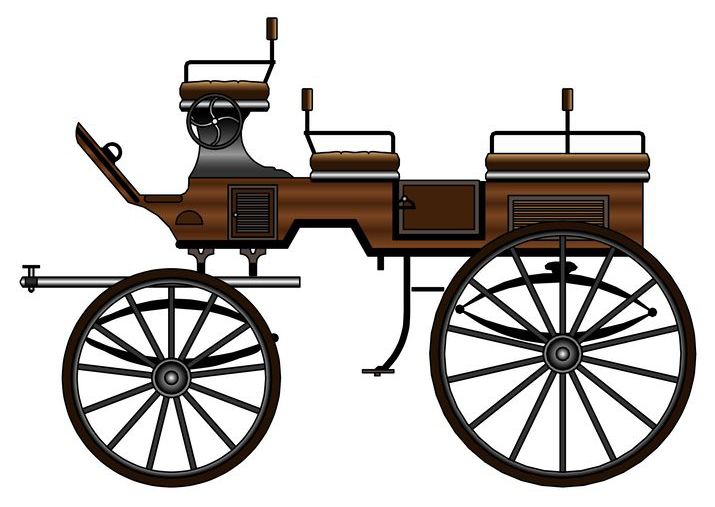
In a recent webinar, Harvard Business School professor Joe Fuller (author of Managing the Future of Work) shared this mouthful: More work will be more digital more often… soon.
What does that mean? Well, what it does NOT mean is that companies should simply do remotely or digitally what they have always done before.

“Digitizing” something that was conceived decades ago is not transformation. This is like how the first cars were called “horseless carriages” (and looked exactly like a horse-drawn carriage minus the horse) and the first attempts at “digital newspapers” were simply PDFs of the printed paper attached to an email.
No. What Fuller and others are saying is that it’s time to consider new combinations and envision a novel, better approach. Not only can this protect your business from getting left behind, it has the potential to open doors that might have otherwise remained closed.
Some examples worth chewing on…
Higher Education. Mid-semester (the first full semester under COVID conditions), many schools are still struggling to figure out the best way to proctor remote exams. One option is software that monitors — Big Brother style — a student’s every move during a test; a bad combination of intimidating and creepy. Maybe it’s time to rethink our approach to learning assessment, in ways other than through closed-book exams.
Supported Living for Consumers With Intellectual and Developmental Disabilities (I/DD). Rich Johnson, CEO of Ohio-based ViaQuest, envisions a future for I/DD services that is virtual, hybrid, and home-based, enabling consumers with I/DD to live with families and friends, instead of in 24-hour-staffed group homes.
Retail. Shopping used to be an experience of discovery of new or better products through creative merchandising, maybe even personal support. Retailers are trying to refocus on what makes in-person shopping worth the trip, using tools (many developed by Amazon) that eliminate the negatives, like the often arduous check-out process, and enhance the overall in-store experience.
B2B Sales. Personal visits, major tradeshow interactions… all things of the past. Every transaction with prospects/customers will have some digital aspect to it. But it’s more than just Zoom replacing handshakes. You will need to gather and use data to better understand and serve your customers.
What To Do?
Real digital transformation involves investments – in technology and tools, as well as time for process design and personnel training. Yes, some technological investments were made quickly thanks to COVID-related restrictions. Now it’s time to think about the longer term.
Think about your interactions with the people you serve…
Many organizations — ranging from doctors’ offices to retailers offering “shop online, pick up in store” services — have enabled parts of appointment-setting or transactions to be done digitally, in advance, significantly reducing process and wait time on location.
How many of your processes could be done self-service, in advance? While you’re considering that, can they be simplified or streamlined too?
Think about the added insights you can gain regarding customer needs…
A client of mine was forced to move its conferences online. The result? Discovery of a significantly larger — and demographically different — audience than in prior years.
As important, they were able to gather much better data — about who attended which sessions, which sessions retained their audience best, and many other details that were understood only anecdotally in the past. Working to incorporate some of these insights into future in-person events may help to strengthen their understanding and connections even further.
Think about how your work gets done…
When is it productive for everyone to be in the same room? When are asynchronous discussions more valuable than those occurring in real-time? Which things, post-COVID, should go back to as they were before and which should remain changed permanently?
Across these questions and more, what will the impact be on your decisions regarding office configuration, technology support for remote team members, staff development and inclusion, etc.?
Reflections
Clearly, digital transformation is about a lot more than simply automating your processes or saving on office rent by keeping everyone remote. That’s “horseless carriage thinking.”
Rather, you should be focused on opportunities for improving data capture to better understand the needs and wants of those you serve; structural changes — both internally and customer-facing — that will strengthen your competitive position; and strategic initiatives that will help your business continue to grow, well beyond the pandemic.









